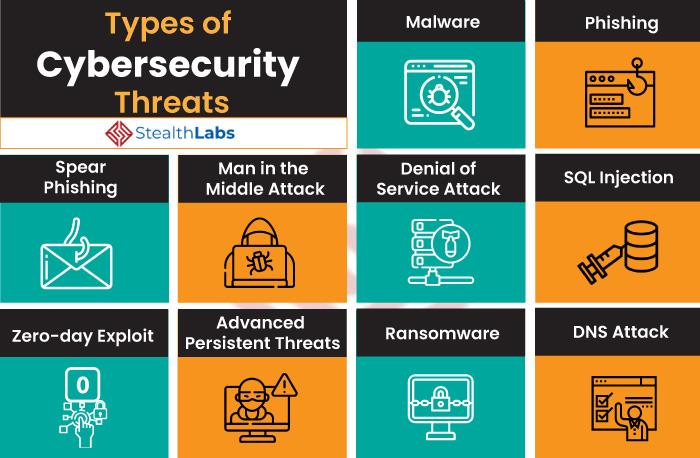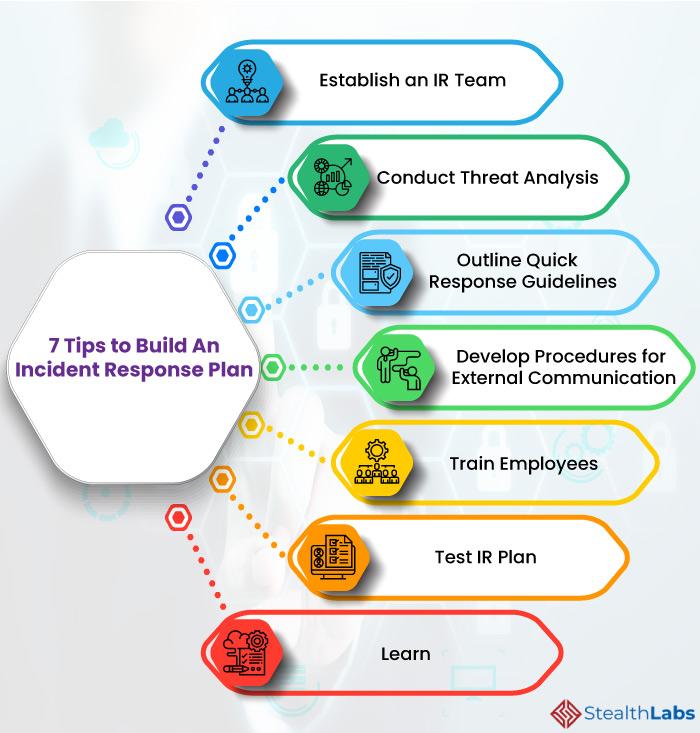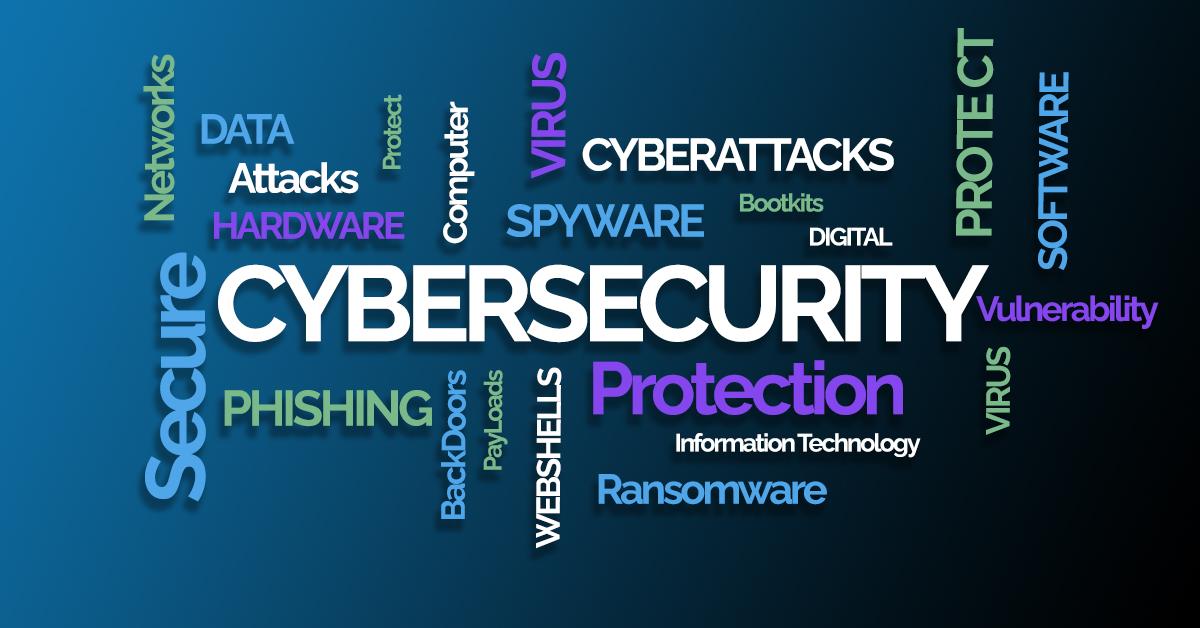In an era where digital transactions are the norm and online banking is integral to our financial lives, the importance of cybersecurity has never been more pressing. Financial institutions, particularly banks, serve as the backbone of the global economy, making them prime targets for cybercriminals. As the threat landscape continues to evolve with increasing sophistication, banks must not only react to incidents but proactively build resilience against potential attacks. This article delves into the critical steps that banks can take to fortify their defenses and ensure continuity in the face of cyber threats. From assessing vulnerabilities to fostering a culture of security awareness, these five essential steps offer a roadmap for banks seeking to enhance their cyber resilience and protect both their operations and their customers in an increasingly perilous digital world.
Understanding the Landscape of Cyber Threats in Banking
As the digital landscape evolves, so do the tactics employed by cybercriminals, particularly in the banking sector. Phishing attacks, ransomware incidents, and advanced persistent threats (APTs) are merely the tip of the iceberg. With each passing year, cyber adversaries are becoming more sophisticated, utilizing a vast array of techniques to exploit vulnerabilities in financial institutions. Banks must not only defend against these threats but also anticipate the methods attackers might employ in the future. This requires a continuous cycle of assessment and adaptation.
To create a proactive cybersecurity strategy, it’s essential for banks to innovate their defense mechanisms. Consider the following strategies as a foundation for cultivating resilience:
- Conduct Regular Security Audits: Routinely assess systems for vulnerabilities.
- Implement Multi-Factor Authentication: Enhance user verification processes.
- Employee Training Programs: Foster awareness about phishing and other common threats.
- Real-time Threat Intelligence: Utilize analytics to detect and respond to emerging threats.
- Incident Response Planning: Establish a robust action plan for potential breaches.
| Threat Type | Impact | Mitigation Strategy |
|---|---|---|
| Phishing | Data Breach | Employee Training |
| Ransomware | Operational Downtime | Regular Backups |
| APTs | Data Exfiltration | Continuous Monitoring |

Developing a Comprehensive Incident Response Strategy
Developing an effective incident response strategy is critical for banks to minimize the impact of cyber threats. This strategy should be a dynamic framework that evolves with the ever-shifting landscape of cyber threats. Key components include a clear communication plan, defined roles and responsibilities, and real-time monitoring capabilities. Establishing a cross-functional response team that includes IT, security, legal, and public relations specialists is essential to ensure that all angles of an incident are managed efficiently.
To enhance the effectiveness of the incident response strategy, regular training exercises and simulations should be incorporated. This allows teams to practice their response under controlled conditions, improving readiness for real-world incidents. Additionally, the strategy should encompass ongoing threat intelligence assessment to keep abreast of emerging threats. Consider implementing a systematic review process post-incident to identify lessons learned and improve future response efforts.
| Component | Description |
|---|---|
| Communication Plan | Ensures timely information flow among stakeholders. |
| Roles & Responsibilities | Defines who does what during an incident. |
| Monitoring Capabilities | Allows for real-time threat detection. |
| Training Exercises | Simulates incidents to boost team readiness. |
| Threat Intelligence | Stays informed of new attack vectors. |

Investing in Advanced Technology and Automation Solutions
As financial institutions increasingly grapple with sophisticated cyber threats, emerges as a strategic imperative. By leveraging cutting-edge cybersecurity tools and integrating them into existing frameworks, banks can enhance their defenses against potential breaches. This approach not only fortifies the institution’s data security but also streamlines operations, allowing for real-time monitoring and quicker response times to incidents. With automated threat detection and response systems, banks can proactively address vulnerabilities before they can be exploited.
Another significant advantage of advanced technology lies in the data analytics capabilities these solutions offer. Utilizing machine learning algorithms, banks can analyze vast amounts of transaction data to identify unusual patterns that may indicate fraud or cyber threats. This enables institutions to:
- Gain insights: Understand customer behavior and trends to stay one step ahead of cybercriminals.
- Enhance decision-making: Make informed choices about risk management and resource allocation.
- Reduce response times: Automate alerts for suspicious activities, ensuring quicker intervention.
By embedding these technologies into the organization’s culture, banks not only improve their cyber resilience but also cultivate a future-ready ecosystem.

Fostering a Culture of Cyber Awareness and Training
In an ever-evolving digital landscape, instilling a foundational understanding of cyber risks within the organization is imperative for financial institutions. Employee training programs should be tailored not just to meet compliance standards, but to genuinely engage staff in the cybersecurity narrative. By incorporating interactive components, such as hands-on simulations and gamified learning modules, institutions can elevate the relevance of training. This approach not only heightens awareness but also empowers employees to be proactive in their daily operations. Encouraging open dialog about cyber threats further fosters a climate where employees feel comfortable reporting suspicious activities.
To embed this culture deeply, regular assessments and feedback loops are essential. Establishing a routine schedule for security drills helps reinforce the training, ensuring that the workforce remains vigilant and prepared. Additionally, by promoting a clear pathway for reporting vulnerabilities or incidents, banks can cultivate a sense of responsibility among employees. Supplementing these strategies with easily accessible resources, such as infographics and quick guides, can provide staff with the tools they need to maintain cyber hygiene effectively. Here’s a quick reference table highlighting effective training tools:
| Training Tool | Description | Frequency |
|---|---|---|
| Phishing Simulations | Realistic testing to identify vulnerabilities | Quarterly |
| Cybersecurity Workshops | Hands-on sessions to deepen understanding | Biannual |
| Role-specific Trainings | Focused sessions on tasks and exposures | Annual |
In Summary
In a world where digital threats lurk around every corner, building a robust bank cyber resilience framework is no longer just an option – it’s an imperative. By following the five essential steps outlined in this article, financial institutions can fortify themselves against the ever-evolving landscape of cyber risks.
As we look to the future, it’s clear that the strength of a bank’s cyber defenses will play a pivotal role in its overall success and trustworthiness. The journey towards cyber resilience isn’t a destination but an ongoing process, requiring vigilance, adaptation, and a commitment to continuous improvement.
In navigating this dynamic environment, collaboration and knowledge-sharing within the industry will serve as invaluable resources, enabling banks to stay one step ahead of potential threats. With proactive strategies in place, banks can not only protect their assets and customer data but also instill confidence and trust in the financial services they provide.
Ultimately, the path to cyber resilience is paved with preparation, understanding, and an unwavering resolve to embrace the challenges of tomorrow. As we strive for a safer digital banking landscape, let us remember: resilience is not just about surviving the storm but thriving beyond it.
